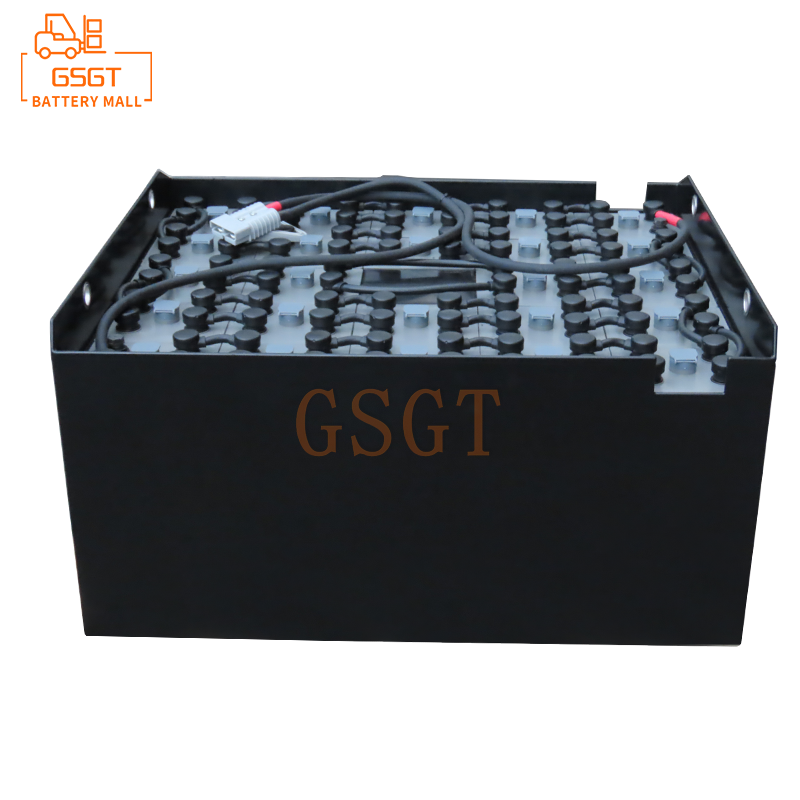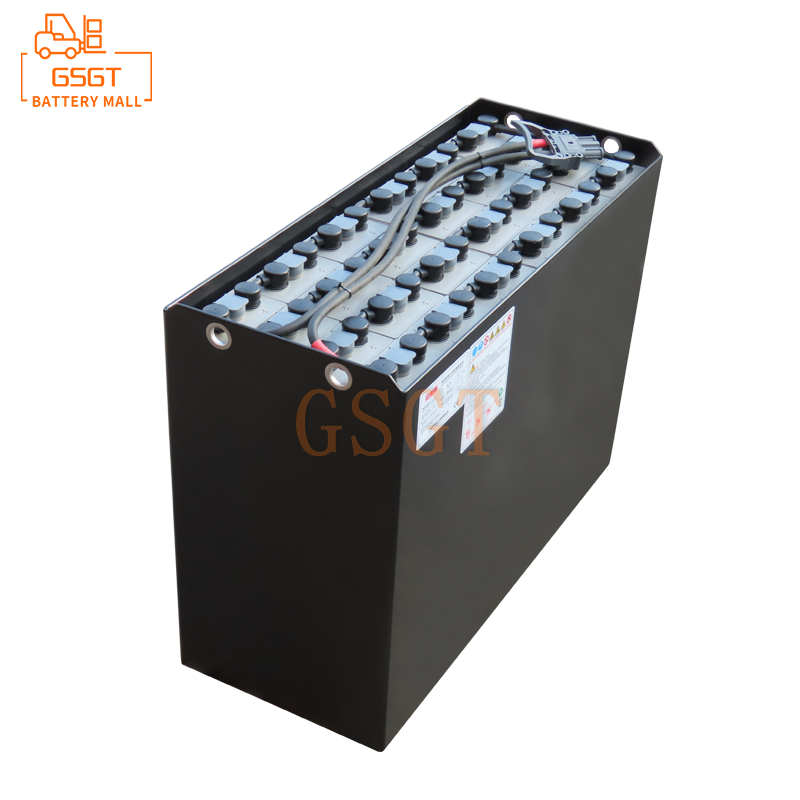Time:2025-07-25 14:18:11
Browse:607
As the core equipment for industrial handling, the performance of lead-acid batteries, the power source of forklifts, directly affects the operational efficiency. Although lead-acid batteries are relatively low in cost and highly reliable, improper daily maintenance can lead to shortened lifespan, frequent malfunctions, and even potential safety hazards. Based on practical experience, this article has compiled a systematic maintenance plan to help enterprises reduce equipment wear and tear and improve operational efficiency.
1. Daily Inspection: The fundamental work for preventing problems before they occur
Daily inspection is the first line of defense for maintenance. It is recommended to conduct it once before and once after each day's work, with a focus on the following aspects:
- ** Visual Inspection ** : Observe whether there are any bulges, cracks or leakage marks on the battery casing. If leakage is detected, stop using it immediately and clean the remaining electrolyte with a dedicated neutralizing agent (such as sodium bicarbonate solution) to prevent corrosion of the metal parts of the forklift.
- ** Electrode condition ** : Check whether there is any oxidation or sulfidation at the positive and negative terminal posts (manifested as white or green powder). Oxidation can cause poor contact. You can first wipe it with a dry cloth, then rinse it with hot water (be careful to avoid water flowing into the battery interior), and finally apply Vaseline to protect the electrodes.
- ** Liquid level Observation ** : For maintainable batteries, it is necessary to regularly check the electrolyte level, which should be maintained at 10-15mm above the plates. Low liquid level will cause the plates to be exposed and oxidized. Distilled water should be added (tap water or electrolyte is prohibited, otherwise the concentration balance will be disrupted).
- ** Connection Wire Inspection ** : Ensure that the battery connection wires are tight. Loose ones can increase resistance, reduce charging efficiency, and even cause sparks. When inspecting, use a wrench to tighten moderately to avoid excessive force that may damage the pile head.
2. Charging stage: A crucial step that determines battery life
The lifespan of lead-acid batteries is closely related to the charging method. Incorrect charging habits are the main cause of premature battery scrapping.
1. ** Use the original charger ** : The battery parameters (voltage, capacity) of different models of forklifts vary. Mixing chargers may lead to undercharging or overcharging. The original charger has been matched by the manufacturer and can precisely control the charging current and voltage.
2. ** Control the charging environment ** : The charging area should be well-ventilated and kept away from fire sources and heat sources (the temperature is best controlled at around 25℃). High-temperature environments can accelerate the chemical reactions inside the battery, causing the electrolyte to evaporate too quickly. Low temperatures will reduce the charging efficiency and the charging time needs to be extended, but it should not exceed 12 hours.
3. ** Avoid over-discharging ** : When the forklift's dashboard shows that the battery level remains at 20% to 30%, it should be charged in a timely manner. Excessive discharge can cause sulfation of the plates (hard crystals form on the surface of the plates, preventing them from participating in chemical reactions), and if this continues for a long time, the capacity will be significantly reduced.
4. ** Standardized charging operation ** : Before charging, disconnect the power supply of the forklift first and wipe the dust off the battery surface. When plugging in the plug, connect the battery end first and then the power end. Do not plug or unplug the plug or start the forklift during the charging process. After fully charging, cut off the power supply first, and then unplug the battery end plug. If you find that the battery is hot (above 45℃) or has an odd smell during charging, stop charging immediately and check for faults.
3. Special Scenario Handling: Dealing with long-term storage and fault detection
1. Long-term storage and maintenance
If the forklift needs to be out of use for more than 15 days, the battery should be fully charged first, then the connection wires should be disconnected and it should be placed in a dry and well-ventilated area. Recharge the battery every 30 days to prevent sulfation of the plates caused by self-discharge. During storage, avoid stacking heavy objects to prevent the battery casing from deforming under pressure.
2. Common Fault Handling
- ** Sudden capacity drop ** : First, check the concentration of the electrolyte (normal specific gravity is 1.28±0.02 at 25℃). If the concentration is too low, a small amount of standard electrolyte can be added (professional operation is required). If the concentration is normal, it might be sulfation of the plates. A small current (about 1/10 of the rated current) can be used for continuous charging for 12 hours to try activating the plates.
- ** Cannot charge ** : First, check if the charger is working properly, and then check if the connection wires are loose. If there are no issues with the above, it might be an internal short circuit of the battery. You need to contact a professional maintenance institution for inspection. Do not disassemble it by yourself.
4. Frequently Asked Questions
Question: What's going on when the forklift battery suddenly starts to bubble during use and is accompanied by a pungent smell? **
Answer: This situation is mostly caused by the decomposition of the electrolyte due to overcharging (water is electrolyzed into hydrogen and oxygen). Charging must be stopped immediately and the output voltage of the charger checked to see if it is too high. If it occurs while driving, it may be an internal short circuit of the battery. You should stop the vehicle immediately, stay away from fire sources and contact maintenance personnel for handling. At this time, it is strictly forbidden to open the battery cover or approach open flames to prevent hydrogen explosion.
Question: Is it a normal phenomenon that the range of forklifts significantly decreases in winter? How to improve? **
Answer: Normal. The electrolyte of lead-acid batteries deteriorates in fluidity at low temperatures, the rate of chemical reactions decreases, and the capacity drops by 10% to 30%. It is recommended to store the battery in an environment above 0℃ during winter. Before charging, preheat the battery to around 15℃, shorten the single operation time and increase the charging frequency.
Conclusion
The core of maintaining lead-acid batteries lies in "prevention first and standardized operation". Through daily meticulous inspections, scientific charging management and timely handling of abnormalities, the battery life can be extended to 3 to 5 years (under normal usage conditions), significantly reducing the replacement cost. It is recommended that enterprises establish maintenance ledgers to record each inspection, charging and fault handling situation, providing data support for equipment management. Remember, professional maintenance not only ensures the efficient operation of forklifts but also avoids safety risks, safeguarding production.

$5880

$3160

$6450

$2610

MESSAGE
Professional And Efficient
Security
Affordable Price
Professional Services